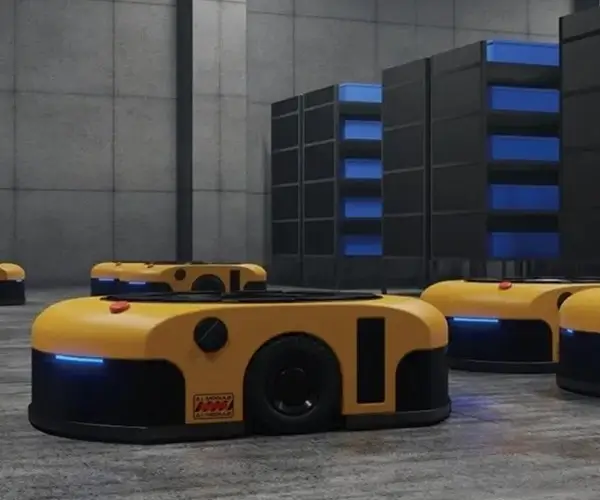Ever played around with robotics? If yes, then you know how exciting it can get when that tiny servo motor starts to dance, all controlled by an Arduino Uno. Imagine connecting a servo motor — like a little robotic arm or a steering mechanism — with just a few wires and some basic understanding. It’s not as intimidating as it sounds, I promise. Actually, it’s pretty straightforward, and the results are instantly gratifying.

First, picture this: a small servo motor, about 23 grams in weight, but packed with power. Its core is a tiny metal gear train, driven by a geared motor, which gives you precise control over position. Hooking it up to an Arduino Uno? It’s just a matter of connecting three main points: power (usually 5V), ground, and the control signal. That signal pin is what really makes it tick — it’s a PWM (pulse width modulation) signal that tells the servo where to go.
Now, let’s imagine connecting these wires. Power and ground go directly to the Arduino’s 5V and GND pins. Then, the signal wire, often colored yellow or orange, gets plugged into a digital PWM pin on the Arduino, like pin 9. After that, you upload a simple sketch — just a few lines pulling the servo to different angles. Suddenly, that once static piece of hardware springs into motion, turning to the angles you predetermined.
Ever wondered about the strength of the connection? Honestly, the stability mostly hinges on the quality of the servo and the wiring. Using a breadboard or proper jumper wires keeps things clean and reduces flaky connections. For more demanding applications, a dedicated power supply for the servo helps avoid voltage drops that can cause jittery movements.
But how do you troubleshoot if it doesn’t move? Check if the power is enough. Make sure the signal pin is correctly assigned in your code. Sometimes, the servo just refuses to move if the code isn’t right or the servo itself is damaged. It’s all about verifying each step — try switching the signal pin, swap the servo to another power source, or even replace the servo if needed.
So, if you ask, “Can I just connect and expect results everywhere,” the answer is no. Different servos act differently; some respond faster, have more torque, or react to subtle señal shifts. The key is understanding your specific servo model and matching that to your project needs — whether it’s a little art installation or a robotic arm for sorting objects.
Our company has seen countless projects where finding the right connection details unlocked the potential for whole new designs. What’s fascinating is how this simple setup can empower you to automate, to create art, or even build experimental machinery. It’s like giving life and precision to your ideas with minimal fuss.
So, if you’re curious about making your Arduino Uno and servo work together seamlessly, keep experimenting, tweak your code, and don’t hesitate to explore different servo models. When everything aligns, suddenly, your projects don’t just work—they inspire. That’s the magic of connecting a servo motor to your Arduino, turning an idea into motion.
Established in 2005, Kpower has been dedicated to a professional compact motion unit manufacturer, headquartered in Dongguan, Guangdong Province, China. Leveraging innovations in modular drive technology, Kpower integrates high-performance motors, precision reducers, and multi-protocol control systems to provide efficient and customized smart drive system solutions. Kpower has delivered professional drive system solutions to over 500 enterprise clients globally with products covering various fields such as Smart Home Systems, Automatic Electronics, Robotics, Precision Agriculture, Drones, and Industrial Automation.




































